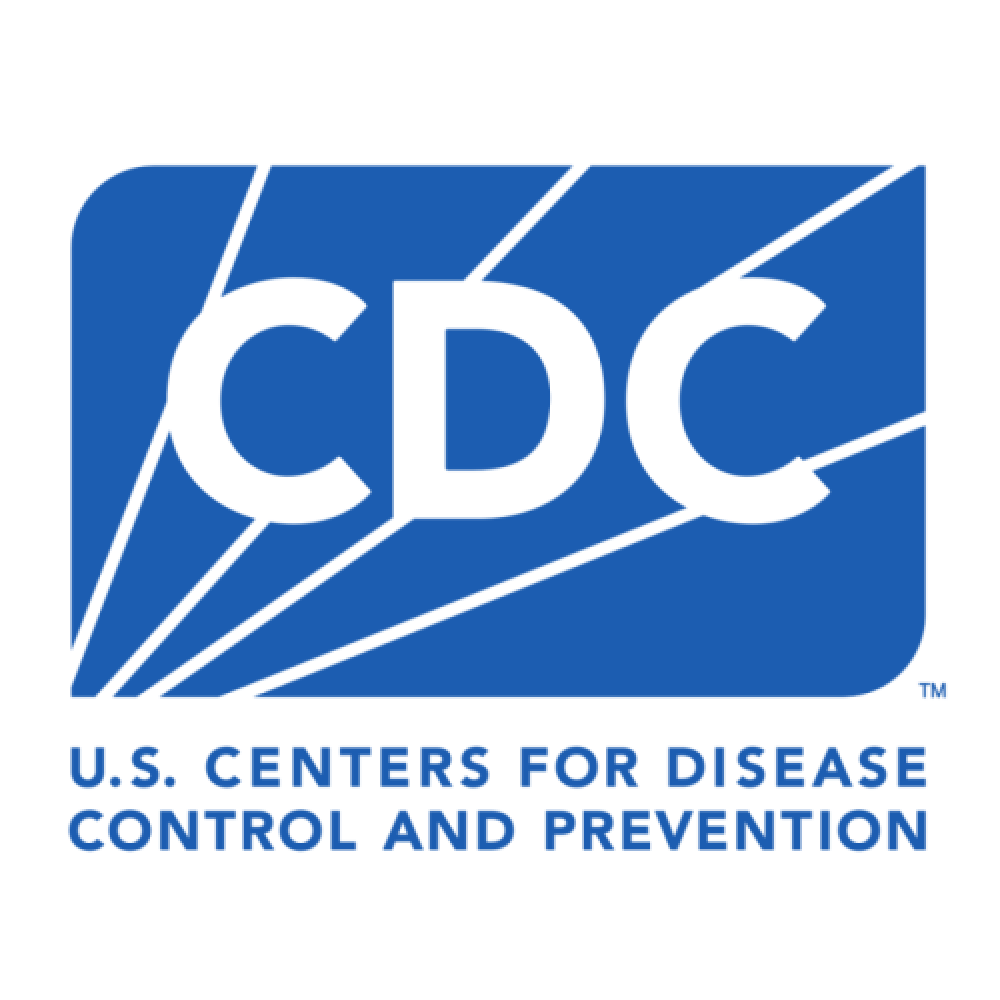
The CDC investigated a new highly infectious disease identified as Legionnaire’s disease
In 1968, the U.S. Centers for Disease Control and Prevention (CDC) announced the first identified cases of Pontiac fever occurred in Pontiac, Michigan, among people who worked at and visited the city’s health department. It wasn’t until Legionella was discovered after the 1976 outbreak in Philadelphia that public health officials were able to show that the same bacterium causes both diseases.
Within a few weeks, 221 people across Pennsylvania were sick, and 34 had died from a severe respiratory illness. Media coverage was unprecedented for the agency, as this was the first mystery disease in the U.S. in recent memory. Media-related objects displayed here note the mystery surrounding the new disease. An enlarged cover of Newsweek magazine warns of the “Mystery of the Killer Fever” and a TIME magazine shows a hand holding a vial with the title, “Disease Detectives Tracing the Philly Killer.” Both covers show the sense of panic people felt regarding the mysterious illness.
Months after the end of the investigation, a CDC microbiologist named Dr. Joseph McDade, whose photograph is shown, revisited the lab cultures and was able to isolate a new bacterium. He named it Legionella pneumophila, after the Legionnaires’ convention.
Tags:
Source: U.S. Centers for Disease Control and Prevention
Credit:
